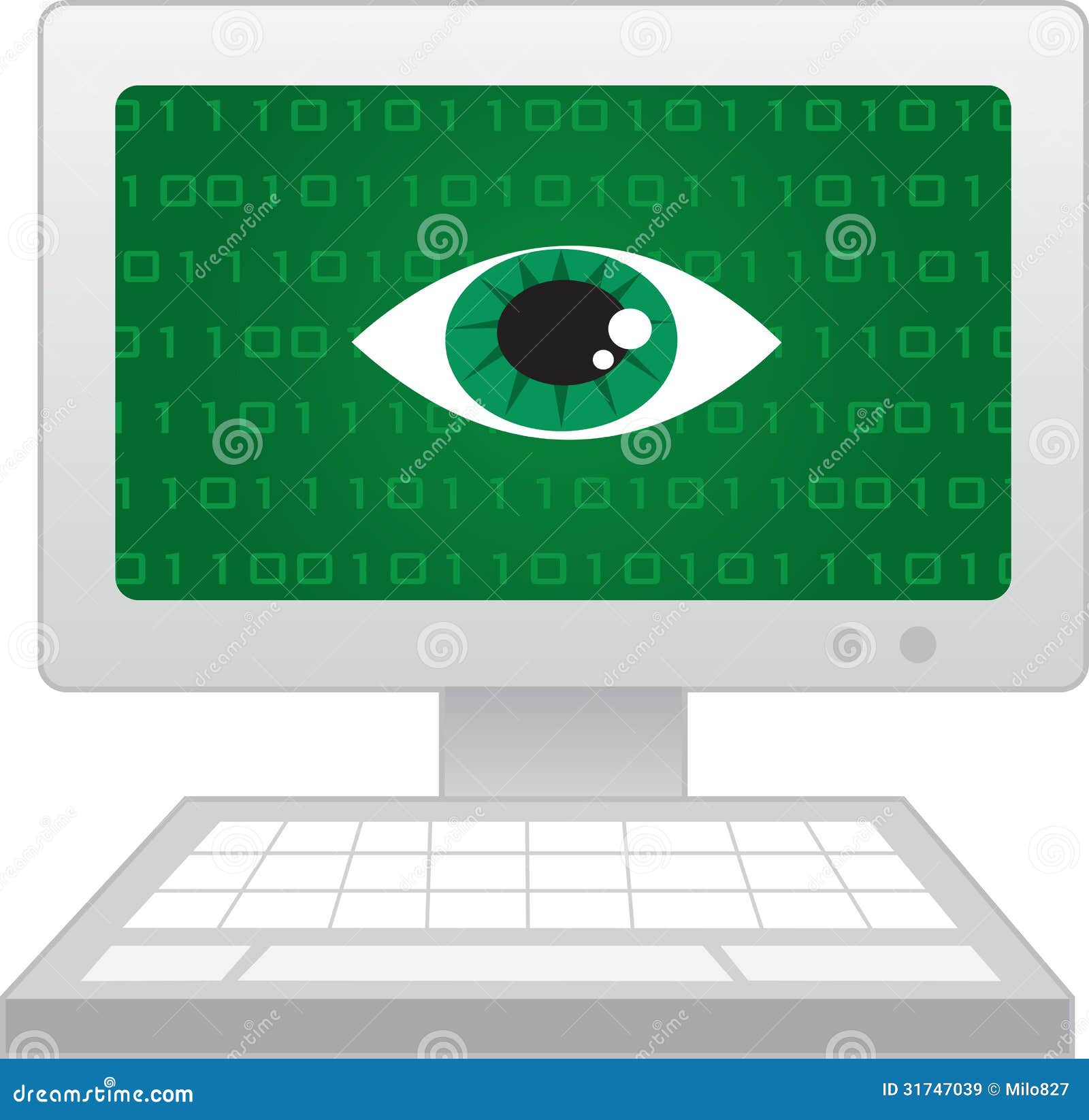

Once they understand the source of the problem, they will move on to treatment. They will then measure visual acuity to see how well the patient can see and also check to see if they suffer from any other visual conditions such as astigmatism, near-sightedness, or far-sightedness. The doctor will examine the patient’s medical history to see if other medical conditions are contributing to their eye discomfort.

It is also slightly more prevalent in females.Īn eye doctor will conduct a series of tests to determine if a person is suffering from computer vision syndrome, or if there is an underlying issue causing them to experience these symptoms.Ī complete eye examination will give the doctor the information they need to proceed with the relevant treatment. Though anyone who uses a digital screen has the potential of experiencing this syndrome, computer vision syndrome is more prevalent in individuals who use more than one device at a time. However, if the above symptoms are persistent, they should reach out to their doctor to receive a proper checkup to make sure there is no serious underlying issue. Often, computer vision syndrome is nothing serious and the symptoms halt shortly after a person stops using their device. The severity of a person’s symptoms will vary based on how long they were using their device and if they have any prior underlying eye conditions. Irritation, tearing, or pain in their eyes.If a person experiences any of the following symptoms, they may be suffering from computer vision syndrome: Though there is no evidence to suggest that blue light can cause serious eye damage, excessive exposure to blue light may cause individuals to suffer from sleep problems, and visual eye strain alongside other ocular problems. When blue light radiates from an LED source (like in most screens) it becomes even more concentrated. Why is Blue Light Bad for Eyesight?īlue light may be more dangerous than other light sources because it contains more energy per photon of light. This puts a lot of strain on their eyesight and causes them to suffer from eye, neck, and vision problems. To make matters worse, many people sit in poorly lit rooms and do not take enough breaks while working behind their screen. When individuals spend long hours on their devices, they are continuously exposed to the unnatural glare of blue light. What is Computer Vision Syndrome?Ĭomputer vision syndrome is also known as digital eye strain and visual fatigue. While on a physical level, excessive exposure to screens may cause poor posture, excessive weight gain, and eye problems such as computer vision syndrome. Increased screen time may result in higher levels of anxiety and depression. Spending more time on devices can decrease a person’s self-esteem and overall happiness. This leads to significant health issues at both mental and physical levels. It’s no secret that excessive screen time results in less time spent outdoors and causes more strain on the eyes. The good news is, if a person makes small ergonomic changes to their workspace and takes care of their eyesight, they can significantly reduce the negative effects of this syndrome. One of the most highly reported health problems from consumers of digital technology is computer vision syndrome. The surge in digital consumption has increased physical health problems related to vision. Though digital technology has made life so much easier, it does come with its consequences. Children and teenagers are also undeniably spending more time on their phones and computers than ever before. Of these 11 hours, only around 2.8 hours are used for watching TV, and the rest of this screen time goes to computers and phones.

Most adults spend an average of 11 hours on their screens every day for both work and leisure purposes. As the world becomes more digital, an increase in screen usage is unavoidable.


 0 kommentar(er)
0 kommentar(er)
